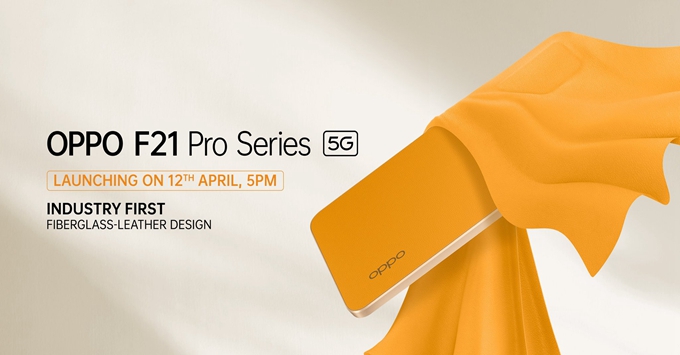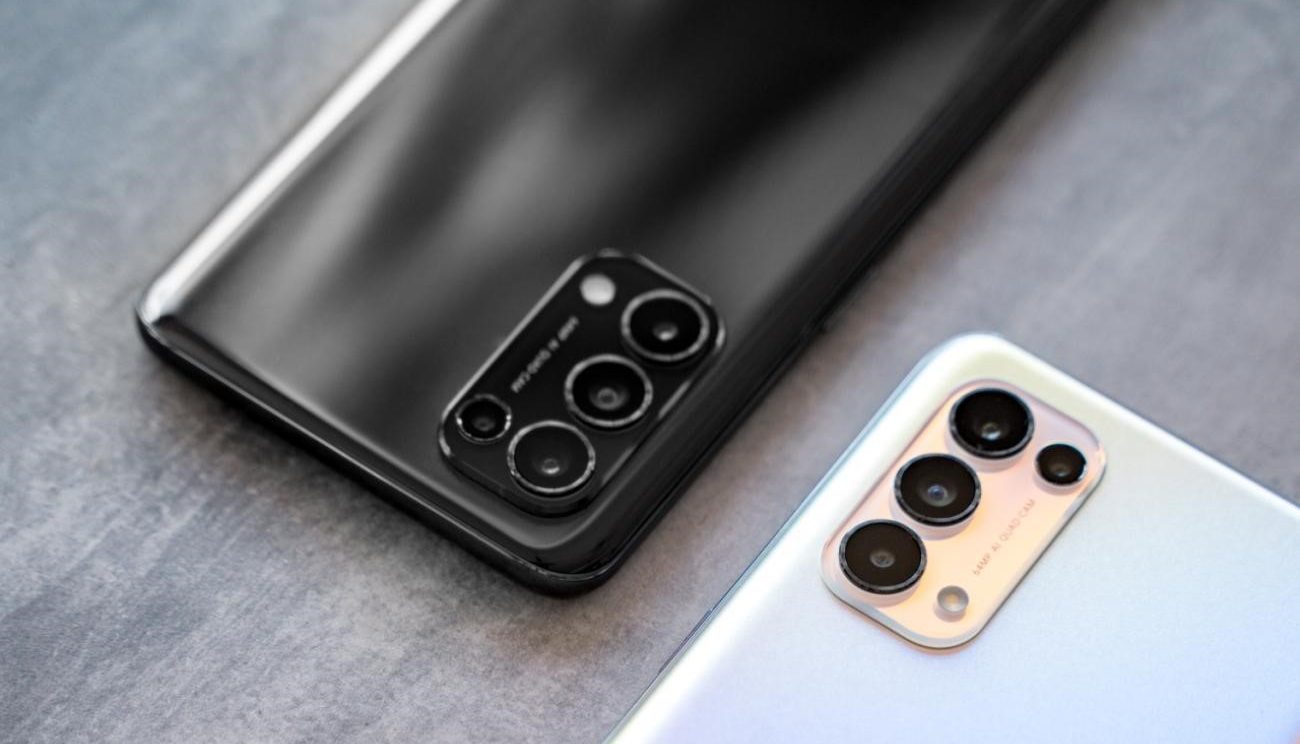After demonstrating a new generation of under-screen camera solutions not long ago, Oppo today announced a number of its own innovations in imaging technology through an online press conference.
First of all, at the photoreceptor level, Oppo is determined to follow in Vivo’s footsteps and launch products using RGBW CMOS in the fourth quarter of 2021.
Prior to this, the well-known RGBW model in the industry dates back to the Huawei P8 in 2015. At that time, the shooting performance of this machine was basically unsatisfactory.

Oppo claims that its new generation of technology has significantly enhanced light sensitivity compared to traditional RGB sensors.
After combining the self-developed four-in-one pixel algorithm and DTI pixel isolation technology, the light input has increased by 60% compared to the previous generation technology, and the noise reduction can be as high as 35%.
In addition to improving the performance of low-light shooting, Oppo also stated that the RGBW solution can enhance the performance of portrait mode downloading skin color, details, light and shade, etc.
And “whether it’s a photo or video” can bring a better quality portrait shooting experience.

Next is a new equivalent 85mm-200mm focal length continuous lossless optical zoom solution, you can regard it as the evolution of the 85mm-135mm focal length continuous optical zoom technology announced by Oppo a year ago.
This time Oppo uses the so-called G+P (2GM+5P) lens technology. After introducing two pieces of aspherical molded glass, the optical performance of the entire zoom module has been further improved.
Compared with the past, the new scheme has a better effect of filtering stray light and reducing dispersion. The new tunnel magnetoresistive sensor can also ensure more stable and precise mirror group movement.
Compared with the current common multi-camera “relay type” zoom system, this continuous optical variable technology can avoid problems such as “jumping, white balance shift, color misalignment” and so on.
But correspondingly, the entire periscope module requires more internal space. This may be one of the biggest obstacles preventing Oppo from realizing mass production, right?

The last release of Oppo’s five-axis optical image stabilization technology uses the processor to obtain body shake data from the gyroscope.
Then the algorithm is used to identify and disassemble the results, distribute them to the two adjustable components of the lens and the photoreceptor, and rely on the ball motor and memory metal to drive them to produce displacement.
When the jitter is small, the anti-shake effect can be achieved only by relying on the X and Y axis translation of the lens end.
If the amplitude of the jitter is large, it is necessary to further add the X and Y axis translation and rotation of the photoreceptor, and achieve stabilization by a total of five-axis anti-shake.
According to the manufacturer’s introduction, the maximum anti-shake angle of this combination can reach plus or minus 3 degrees, which is 3 times higher than the “traditional mobile device optical anti-shake”, and the anti-shake displacement accuracy of the photoreceptor can be as low as 2μm.
In actual use, it can “significantly optimize” the stability, sharpness and color performance of shooting in night scenes, sports captures and other scenes.
If nothing else, this technology will appear on Oppo’s new products in the first quarter of 2022.





